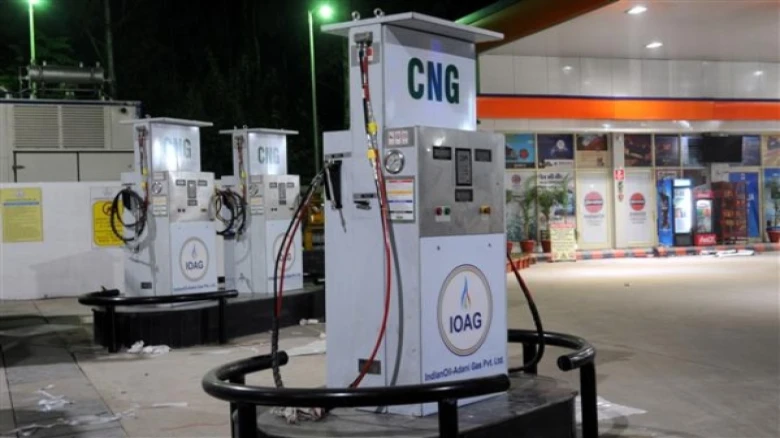An order from the Petroleum Planning and Analysis Cell of the Oil Ministry increased the price paid for gas generated from old fields, which account for around two-thirds of all gas produced in the nation.
Digital Desk: Natural gas prices, which are used to produce electricity, fertiliser, and CNG to fuel automobiles, increased sharply by 40% on Friday to record highs in line with a global firming up of energy prices.
An order from the Petroleum Planning and Analysis Cell of the Oil Ministry increased the price paid for gas generated from old fields, which account for around two-thirds of all gas produced in the nation, from USD 6.1 per million British Thermal Units to USD 8.57 per million BTUs (PPAC).
The order stated that the price of gas from challenging and more recent fields, such as those in the deepsea D6 block in the KG basin, managed by Reliance Industries Ltd. and its partner bp plc, was increased to USD 12.6 per mmBtu from USD 9.92.
These are the highest pricing for managed/regulated fields and free-market areas, such as ONGC's Bassein field off the coast of Mumbai (such as the KG basin).
Additionally, since April 2019, rates have increased three times. This rise is a result of rising benchmark worldwide pricing.
Inputs such as gas are used to produce energy as well as fertiliser. Additionally, it is transformed into CNG and pumped into residential kitchens for use in cooking. Higher rates for CNG and piped natural gas (PNG), which have increased by over 70% in the last year, are likely to result from a sharp jump in pricing.
Every six months, on April 1 and October 1, the government sets the price of gasoline based on rates common in countries with gas surpluses like the US, Canada, and Russia in a year with a lag of one quarter.
Therefore, the price for the period of October 1 to March 31 is based on the average price between July 2021 and June 2022. During this time, international interest rates skyrocketed.
From April 1, the cost of gas from old fields—which is primarily produced by state-owned companies like ONGC and Oil India Ltd.—was more than quadrupled to USD 6.1 per mmBtu.
Similar to this, starting on April 1, the prices paid for gas from challenging fields like Reliance's deep-ocean KG-D6 increased to USD 9.92 per mmBtu from USD 6.13 per mmBtu.
According to a directive from the oil ministry, the panel has been instructed to recommend a fair price to end-users as well as a "market-oriented, transparent and dependable pricing regime for India's long-term ambition for securing a gas-based economy."
By 2030, the government plans to increase natural gas's proportion in the primary energy mix from its present 6.7% to 15%.
Prices for fields managed by ONGC and Oil India Ltd. are set using a volume-weighted average of the prices in force over a 12-month period for US-based Henry Hub, Canadian Alberta gas, UK-based NBP, and Russian gas.
A slightly modified method is used for challenging fields, like as finds in deepwater, ultra-deepwater, and high pressure/high-temperature regions, by factoring in the price of LNG, which also skyrocketed in 2021.
Difficult fields are those in that Reliance-BP operated.
According to sources, cities like Delhi and Mumbai would likely see an increase in the cost of CNG and piped cooking gas as a result of the rising gas prices.
It will also raise the cost of generating energy, but customers may not notice much of a difference because the percentage of power produced by gas is so small.
Similarly, the cost of making fertiliser will rise, but because the crop nutrient is subsidised by the government, an increase in rates is unlikely.It will increase revenue for companies.

Leave A Comment